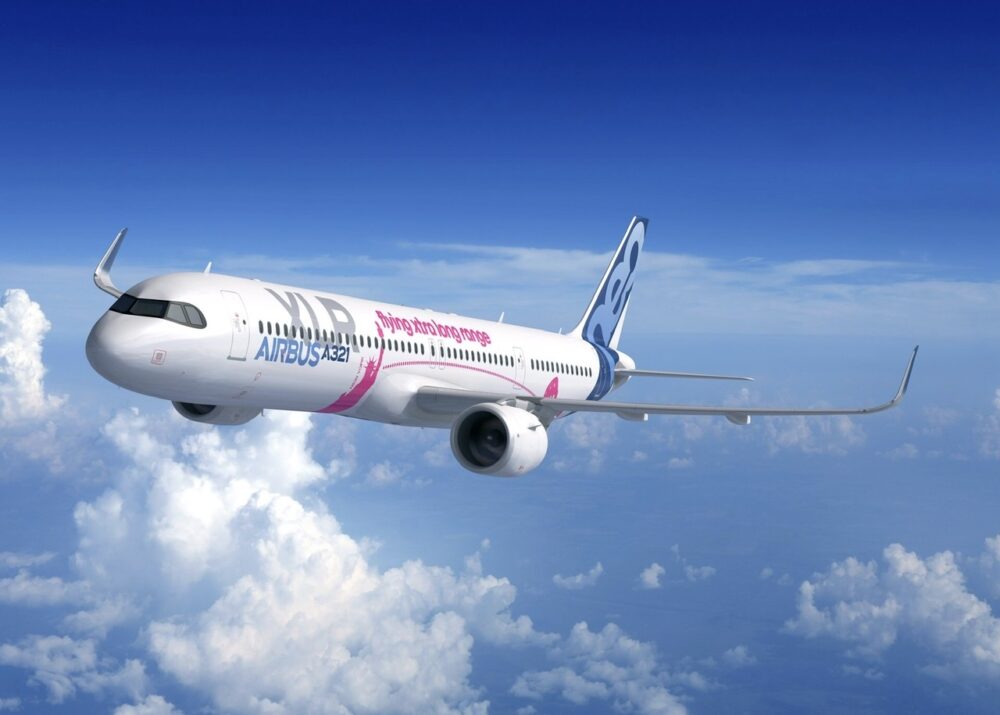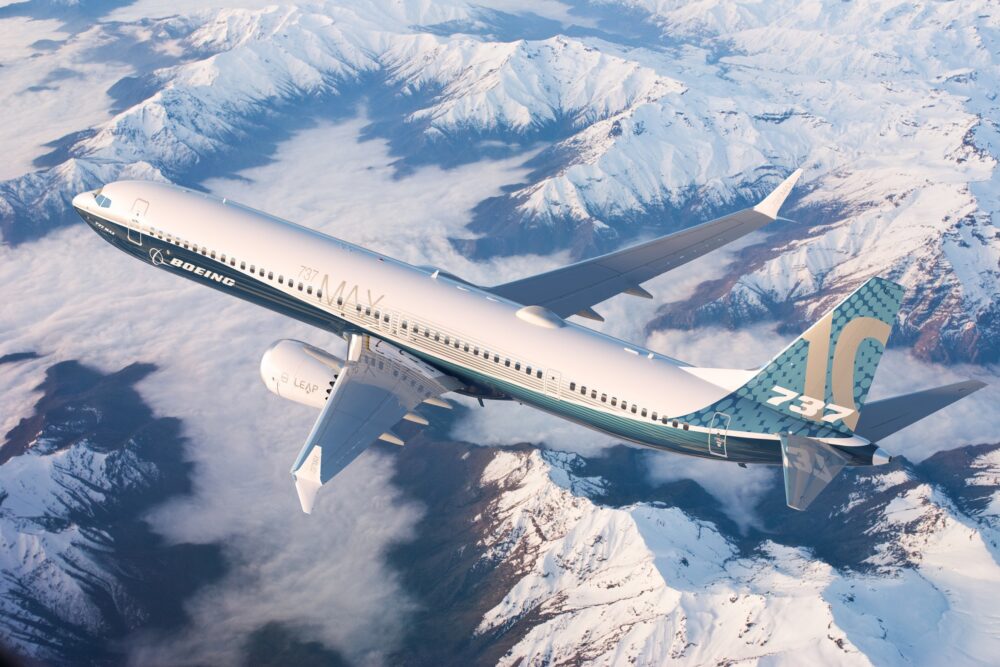The Airbus A321XLR is set to become a groundbreaking aircraft and a staple of the middle-of-the-market segment. With Boeing’s NMA on ice and the 737 MAX at the limits of its performance already, does the US manufacturer plan to simply leave this segment for its European competitor to dominate?

Damned if you do…
Boeing is increasingly finding itself between a rock and a hard place. The twin disasters of the 737 MAX and its subsequent grounding meant all resources had to be pooled to getting that plane right and safe again. At the other end of the spectrum, the endless delays to the 777X program have left it pedaling furiously to avoid missing the latest 2023 delivery deadline.
When Airbus launched the A321XLR at the 2019 Paris Air Show, Boeing should have been countering that blow with the official launch of the ‘NMA’ – its new midsize airplane. While the two would have been different, they would have competed relatively closely, with one offering widebody comfort against the highly efficient narrowbody agility of the other.
But Boeing could not be seen to be prancing about with new aircraft concepts in the wake of the MAX disaster. So the NMA was put on ice and, following a switch in leadership at Boeing, was said to be going back to the drawing board. While Airbus’ long-range narrowbody doesn’t completely fill the void that the NMA would be designed for, the twin punch of that combined with the A330neo goes a long way towards filling that gap.




Boeing risks losing market share to Airbus if it doesn’t release something that competes with the forthcoming XLR. But building a new plane takes time, and the argument against this sort of development is that, by the time it comes to market, it will have missed its opportunity. Vertical Research analyst Robert Stallard commented, as reported by StreetInsider,
“We should be realistic about the timelines here – even if Boeing were to launch a new plane today, it could be ~7 years for a new clean sheet plane to enter service. But if Boeing again chooses to do nothing, as it did in not launching the New Midmarket Airplane (NMA), it risks ceding even more market share to Airbus. In our view, Boeing has a tough decision to make – Damned if you do, but even more damned if you don’t.”
Airbus has already soaked up much of the perceived demand for the NMA’s market segment. With around 3,500 aircraft on order from the A321LR and XLR line, is there anything left for Boeing to take? The trouble is, if Boeing does nothing, it will concede even more market share to its competitor.
Stay informed: Sign up for our daily and weekly aviation news digests.
What could Boeing do to complete?
Developing a clean sheet plane is an expensive process. Boeing could expect an investment in the region of $12 billion or more, and as it is coming out of 2020 some $64 billion in debt, this would be a big risk to take. Not only that, but with the best will in the world, a new plane will take around seven years from concept to entering the market, and as we’ve seen with both the 787 and the 777X, things can and do go wrong.




So if Boeing is not in a position to start from scratch, could it take a leaf out of Airbus’ book and simply make changes to its existing product line? After all, the technology on the A321XLR is the same as that on the 737 MAX, just with some relatively minor tweaks.
The problem here is that the largest 737 MAX, the -10, is already stretched to its limit. It has a capacity of 188-204, with an absolute maximum of 230 seats. The A321XLR, on the other hand, has capacity for 180-220 passengers, to a maximum of 240. They are similar, but the A321 wins. The MAX cannot be made any larger without extensive changes to the wing, landing gear and other parts. It could, in theory, accommodate an extra fuel tank like the XLR to enhance its range, but would it be worth it when it falls short on crucial passenger capacity?
But there’s another aircraft in the Boeing product line that has the ability to fly circles around the A321XLR, and that’s the 757. The -300, for example, has capacity for 243 in a two-class arrangement, and even flying its old technology was capable of 3,400 NMI. If Boeing was to apply the modern touches to this old airframe – composite wings, bigger engines, etc. – could the extra 1,300 NMI be squeezed out of it? Perhaps.




Although the 757 production ended in 2004, Boeing still has all the tooling and know-how to resurrect this competitive bird. And it wouldn’t need to be certified as a brand new plane either, as it could likely take grandfather rights from its predecessor – something Boeing has plenty of experience in achieving.
Whether Boeing will choose to focus on something brand new or a reworking of something old, one thing is clear – without something to compete with Airbus, it is practically gift wrapping the middle-of-the-market segment for its European counterpart to dominate.



